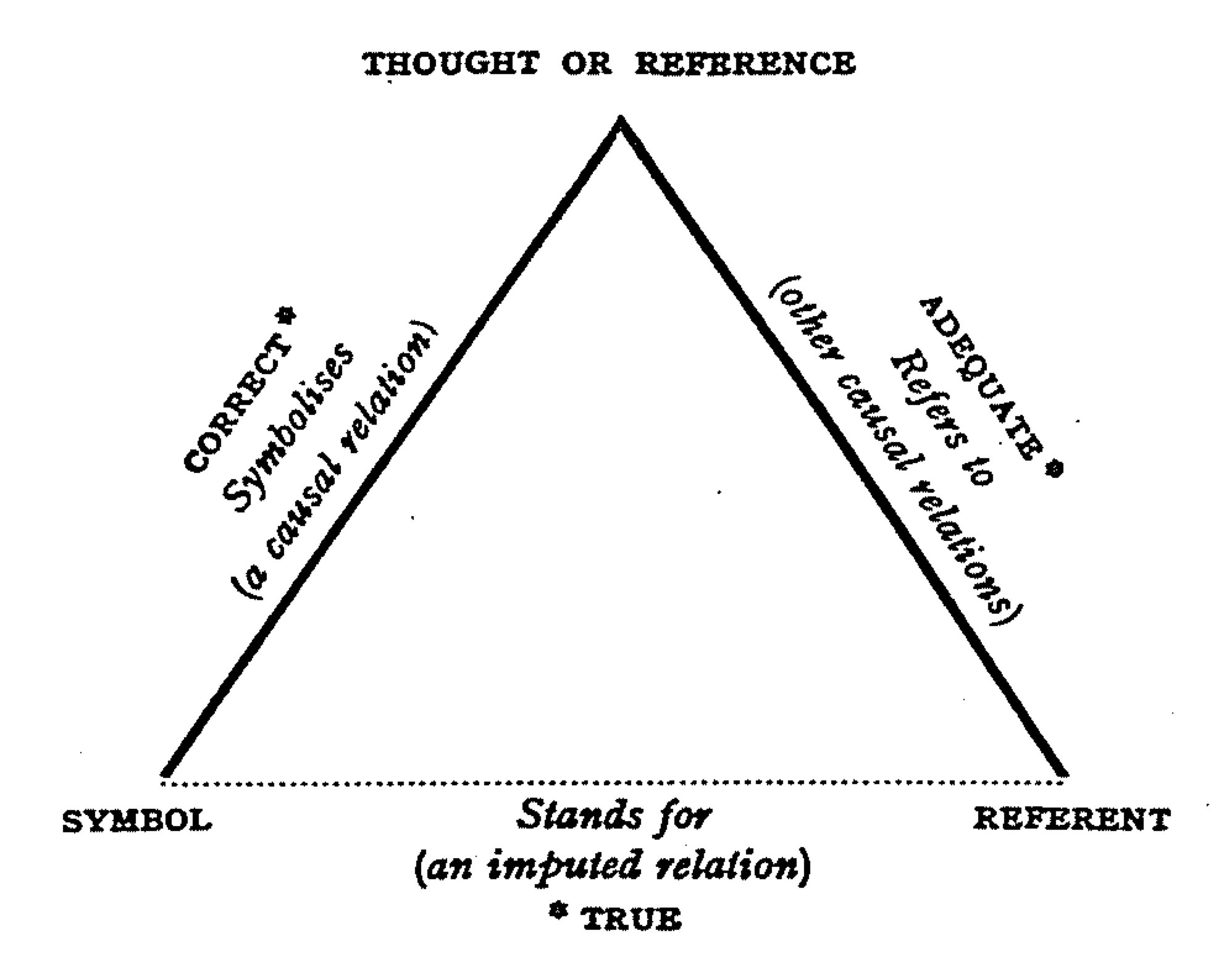|
Gerard Foschini
Gerard Joseph Foschini (born February 28, 1940, in Jersey City, New Jersey), is an American telecommunications engineer who has worked for Bell Laboratories since 1961, but is now retired. His research has covered many kinds of data communications, particularly wireless communications and optical communications. Foschini has also worked on point-to-point systems and networks. Biography Foschini received the B.S.E.E. degree from the New Jersey Institute of Technology, the M.E.E. degree from New York University and a Ph.D. (1967) from the Stevens Institute of Technology. In December 1962, he joined AT&T Bell Laboratories, where he has worked since. He has also taught at Princeton University and Rutgers University. Within the telecommunications engineering field, he is best known for his invention of Bell Laboratories Layered Space-Time (BLAST). This is a scheme for use in wireless communications which recommends the use of multiple antennas at both the transmitter and receive ... [...More Info...] [...Related Items...] OR: [Wikipedia] [Google] [Baidu] |
Jersey City, New Jersey
Jersey City is the second-most populous city (New Jersey), city in the U.S. state of New Jersey, after Newark, New Jersey, Newark.The Counties and Most Populous Cities and Townships in 2010 in New Jersey: 2000 and 2010 , United States Census Bureau. Accessed November 7, 2011. It is the county seat of Hudson County, New Jersey, Hudson County and the county's largest city.New Jersey County Map New Jersey Department of State. Accessed July 10, 2017. The city's population as of the 2020 United States census was 283,927, which represents an increase of 18.1% from the 2 ... [...More Info...] [...Related Items...] OR: [Wikipedia] [Google] [Baidu] |
Academic Degree
An academic degree is a qualification awarded to students upon successful completion of a course of study in higher education, usually at a college or university. These institutions commonly offer degrees at various levels, usually including undergraduate degrees, master's, and doctorates, often alongside other academic certificates and professional degrees. The most common undergraduate degree is the bachelor's degree, although in some countries there are lower level higher education qualifications that are also titled degrees (e.g. associate degrees and foundation degrees). History Emergence of the doctor's and master's degrees and the licentiate The doctorate ( Latin: ''doceo'' "I teach") appeared in medieval Europe as a license to teach ( Latin: ''licentia docendi'') at a medieval university. Its roots can be traced to the early church when the term "doctor" referred to the Apostles, church fathers and other Christian authorities who taught and interpreted the B ... [...More Info...] [...Related Items...] OR: [Wikipedia] [Google] [Baidu] |
Institute For Scientific Information
The Institute for Scientific Information (ISI) was an academic publishing service, founded by Eugene Garfield in Philadelphia in 1956. ISI offered scientometric and bibliographic database services. Its specialty was citation indexing and analysis, a field pioneered by Garfield. Services ISI maintained citation databases covering thousands of academic journals, including a continuation of its longtime print-based indexing service the Science Citation Index (SCI), as well as the Social Sciences Citation Index (SSCI) and the Arts and Humanities Citation Index (AHCI). All of these were available via ISI's Web of Knowledge database service. This database allows a researcher to identify which articles have been cited most frequently, and who has cited them. The database provides some measure of the academic impact of the papers indexed in it, and may increase their impact by making them more visible and providing them with a quality label. Some anecdotal evidence suggests that appeari ... [...More Info...] [...Related Items...] OR: [Wikipedia] [Google] [Baidu] |
Massachusetts Institute Of Technology
The Massachusetts Institute of Technology (MIT) is a Private university, private Land-grant university, land-grant research university in Cambridge, Massachusetts. Established in 1861, MIT has played a key role in the development of modern technology and science, and is one of the most prestigious and highly ranked academic institutions in the world. Founded in response to the increasing Technological and industrial history of the United States, industrialization of the United States, MIT adopted a European History of European universities, polytechnic university model and stressed laboratory instruction in applied science and engineering. MIT is one of three private land grant universities in the United States, the others being Cornell University and Tuskegee University. The institute has an Campus of the Massachusetts Institute of Technology, urban campus that extends more than a mile (1.6 km) alongside the Charles River, and encompasses a number of major off-campus fa ... [...More Info...] [...Related Items...] OR: [Wikipedia] [Google] [Baidu] |
Vertical BLAST
Vertical is a geometric term of location which may refer to: * Vertical direction, the direction aligned with the direction of the force of gravity, up or down * Vertical (angles), a pair of angles opposite each other, formed by two intersecting straight lines that form an "X" * Vertical (music), a musical interval where the two notes sound simultaneously * "Vertical", a type of wine tasting in which different vintages of the same wine type from the same winery are tasted * Vertical Aerospace, stylised as "Vertical", British aerospace manufacturer * Vertical Kilometer, a discipline of skyrunning * Vertical market, a market in which vendors offer goods and services specific to an industry Media * ''Vertical'' (1967 film), Soviet movie starring Vladimir Vysotsky * "Vertical" (''Sledge Hammer!''), 1987 television episode * ''Vertical'' (novel), 2010 novel by Rex Pickett * Vertical Entertainment, an American independent film distributor and production company * Vertical (publis ... [...More Info...] [...Related Items...] OR: [Wikipedia] [Google] [Baidu] |
Multiple-input Multiple-output
In radio, multiple-input and multiple-output, or MIMO (), is a method for multiplying the capacity of a radio link using multiple transmission and receiving antennas to exploit multipath propagation. MIMO has become an essential element of wireless communication standards including IEEE 802.11n (Wi-Fi 4), IEEE 802.11ac (Wi-Fi 5), HSPA+ (3G), WiMAX, and LTE (telecommunication), Long Term Evolution (LTE). More recently, MIMO has been applied to power-line communication for three-wire installations as part of the ITU G.hn standard and of the HomePlug AV2 specification. At one time, in wireless the term "MIMO" referred to the use of multiple antennas at the transmitter and the receiver. In modern usage, "MIMO" specifically refers to a class of techniques for sending and receiving more than one data signal simultaneously over the same radio channel by exploiting multipath propagation. Additionally, modern MIMO usage often refers to multiple data signals sent to different receiver ... [...More Info...] [...Related Items...] OR: [Wikipedia] [Google] [Baidu] |
References
Reference is a relationship between objects in which one object designates, or acts as a means by which to connect to or link to, another object. The first object in this relation is said to ''refer to'' the second object. It is called a '' name'' for the second object. The second object, the one to which the first object refers, is called the '' referent'' of the first object. A name is usually a phrase or expression, or some other symbolic representation. Its referent may be anything – a material object, a person, an event, an activity, or an abstract concept. References can take on many forms, including: a thought, a sensory perception that is audible ( onomatopoeia), visual (text), olfactory, or tactile, emotional state, relationship with other, spacetime coordinate, symbolic or alpha-numeric, a physical object or an energy projection. In some cases, methods are used that intentionally hide the reference from some observers, as in cryptography. References feature in many ... [...More Info...] [...Related Items...] OR: [Wikipedia] [Google] [Baidu] |
Frequency
Frequency is the number of occurrences of a repeating event per unit of time. It is also occasionally referred to as ''temporal frequency'' for clarity, and is distinct from '' angular frequency''. Frequency is measured in hertz (Hz) which is equal to one event per second. The period is the interval of time between events, so the period is the reciprocal of the frequency. For example, if a heart beats at a frequency of 120 times a minute (2 hertz), the period, —the interval at which the beats repeat—is half a second (60 seconds divided by 120 beats). Frequency is an important parameter used in science and engineering to specify the rate of oscillatory and vibratory phenomena, such as mechanical vibrations, audio signals ( sound), radio waves, and light. Definitions and units For cyclical phenomena such as oscillations, waves, or for examples of simple harmonic motion, the term ''frequency'' is defined as the number of cycles or vibrations per unit of ... [...More Info...] [...Related Items...] OR: [Wikipedia] [Google] [Baidu] |
Antenna (radio)
In radio engineering, an antenna or aerial is the interface between radio waves propagating through space and electric currents moving in metal conductors, used with a transmitter or receiver. In transmission, a radio transmitter supplies an electric current to the antenna's terminals, and the antenna radiates the energy from the current as electromagnetic waves (radio waves). In reception, an antenna intercepts some of the power of a radio wave in order to produce an electric current at its terminals, that is applied to a receiver to be amplified. Antennas are essential components of all radio equipment. An antenna is an array of conductors ( elements), electrically connected to the receiver or transmitter. Antennas can be designed to transmit and receive radio waves in all horizontal directions equally ( omnidirectional antennas), or preferentially in a particular direction ( directional, or high-gain, or “beam” antennas). An antenna may include components not conn ... [...More Info...] [...Related Items...] OR: [Wikipedia] [Google] [Baidu] |
Thomson Scientific
Thomson Scientific was one of the six (later five) strategic business units of The Thomson Corporation, beginning in 2007, after being separated from Thomson Scientific & Healthcare. Following the merger of Thomson with Reuters Group to form Thomson Reuters in 2008, it became the "Scientific" business unit of the new company. In 2009, the unit came together with the Healthcare division of Thomson Reuters to form the Healthcare & Science division. The healthcare business was sold in 2012 to become Truven Health Analytics. The Science unit of Thomson Reuters provided information services for the academic, business, and R&D communities. It had headquarters in Philadelphia Philadelphia, often called Philly, is the largest city in the Commonwealth of Pennsylvania, the sixth-largest city in the U.S., the second-largest city in both the Northeast megalopolis and Mid-Atlantic regions after New York City. Sinc ..., London, Singapore and Tokyo with about 2,400 staff in more tha ... [...More Info...] [...Related Items...] OR: [Wikipedia] [Google] [Baidu] |
New Scientist
''New Scientist'' is a magazine covering all aspects of science and technology. Based in London, it publishes weekly English-language editions in the United Kingdom, the United States and Australia. An editorially separate organisation publishes a monthly Dutch-language edition. First published on 22 November 1956, ''New Scientist'' has been available in online form since 1996. Sold in retail outlets (paper edition) and on subscription (paper and/or online), the magazine covers news, features, reviews and commentary on science, technology and their implications. ''New Scientist'' also publishes speculative articles, ranging from the technical to the philosophical. ''New Scientist'' was acquired by Daily Mail and General Trust (DMGT) in March 2021. History Ownership The magazine was founded in 1956 by Tom Margerison, Max Raison and Nicholas Harrison as ''The New Scientist'', with Issue 1 on 22 November 1956, priced at one shilling (a twentieth of a pound in pre-decimal UK ... [...More Info...] [...Related Items...] OR: [Wikipedia] [Google] [Baidu] |


.jpg)



